8 Types of Food Thermometers: What You Need To Know
March 21, 2018Food thermometers are essential restaurant supplies for your commercial kitchen.
They ensure that foods prepared in your commercial kitchen are cooked to the right temperature and held at that temperature for as long as necessary to kill any harmful bacteria. This makes these restaurant supplies a valuable safety tool in your kitchen.
But these restaurant supplies are not all the same. There are a number of different types, each designed to serve different purposes. Let’s take a look at the types of food thermometers available, and what makes them different from each other.
1. Thermocouples
Thermocouples read temperatures very fast – in as little as 2-5 seconds. These restaurant supplies are very versatile and can measure both thick and thin foods. They can be calibrated for easy reading. Unfortunately, they are highly inaccurate during cooking and are best used when the food is nearly cooked, for accurate results. Being rather sensitive restaurant supplies, thermocouples are not safe for oven usage.
2. Thermistors (Digital Instant Read)
Thermistors are great restaurant supplies that provide fast and accurate readings. A thermistor can be used to measure temperature in both thick and thin foods. However, not all models can be calibrated, and they cannot be used in food while cooking.
3. Oven Probe Cord Thermometers
Oven probe cord thermometers are versatile restaurant supplies that can be used in the temperature measurement of most foods. They are specifically designed for use inside an oven or covered pot while cooking, but can also be used outside the oven. The main downside is that they are not calibrated.
4. Thermometer-Fork Combination
A typical thermometer-fork combination reads temperatures in 2 – 10 seconds. These are versatile restaurant supplies that can be used in most foods. Thanks to their fork-like nature, they are highly convenient for use when grilling. Thermometer-forks cannot be used until your food is almost done cooking.
5. Dial Oven-Safe Bimetallic Thermometers
Dial bimetallic thermometers read temperatures in 1 – 2 minutes. This is much slower than most thermometers on this list. However, unlike many on the list, these restaurant supplies can be used in foods while cooking – although they have to be placed at least 2 inches deep for accuracy. These restaurant supplies are a good fit for roasts, soups and casseroles, but are not advisable for use when preparing thin foods. Due to the metallic nature of these thermometers, they are able to easily conduct heat and do not always provide accurate readings.
6. Digital Instant-Read Bimetallic Thermometers
Digital bimetallic thermometers are handy restaurant supplies provide fast and accurate readings. However, like many others on this list, they cannot be used while food is still cooking, but they can be used in both thick and thin foods. For those conscious of calibration, be sure to check if the model you’re considering is calibrated.
7. Disposable Temperature Indicators
Disposable temperature indicators are, as their name implies, single-use restaurant supplies. They provide accurate temperature readings in 5 – 10 seconds. Great for liquid foods, these thermometers are designed to measure food temperature while cooking. They are programmed to detect a specific temperature, changing colors when that temperature is attained.
8. Pop-up timers
Another type of single-use thermometer, these restaurant supplies “pop up” when food reaches a certain temperature. They are most often used when roasting turkeys and chickens. Combining pop-up timers with other conventional food thermometers will provide you with the best results.
Your choice of an appropriate food thermometer for your commercial or residential kitchen will depend on what you hope to achieve with one. Consider the pros and cons of each type of thermometer before selecting the right one (or ones) for your needs.
Kitchen Equipment: Choosing the Right Cutting Board
Every kitchen, from a food truck to a large restaurant, needs cutting boards. From vegetables to bread to meat and fish, your chefs and cooks have to chop things every day. Have you put a lot of thought into this important piece of kitchen equipment? Like many other...
Catering to Generation Z
As time marches on, we continue to have new generations arising behind the ones we’ve already named. Most recently everyone has been focused on Millennials, whose tech-savvy and focus on experiences over things have shifted the face of every industry. Now, there’s a...
4 Ways to Keep Your Restaurant Employees Engaged
You can have everything you need to run an amazing restaurant – a great menu, incredible chef, the best location, perfect pricing, and top-of-the-line kitchen equipment. But even with all of that, you won’t succeed if your employees are disengaged and unprofessional....
Kitchen Fun : Food and the Oscars
Hollywood’s biggest night was February 24th, 2019, and was it ever a show. There were stars, glitz, glamour, and amazing outfits everywhere. There were also cameras catching every moment, from the red carpet to the after-parties. What happened at the show and after...
4 Keys to Successful Commercial Kitchen Design
If you’re opening a new restaurant or renovating your existing kitchen, you probably already have some ideas about how it should look. However, it’s important to look beyond your own ideas and understand the keys to good design in general. This will help you...
Bring Together Your Back and Front of House
Does your restaurant feel like a simmering battle between the back of house (BOH) and front of house (FOH)? Or do both units get along famously? If your restaurant is like many, you find yourself somewhere in the middle. Rarely do you have an all-out war, but...
Commercial Kitchen Fun: Cooking With Mustard
One of the things that make owning a restaurant so fun is the ability to be creative with your menu. With the help of your chef and cooks, you can come up with some really fun dishes to serve. To get your imagination going, we’re going to share some fun dishes that...
Drive Traffic to Your Restaurant From Instagram
You have a lot of restaurant equipment that you need to make your location run smoothly. You might think about your point-of-sale system, refrigeration units, cooking equipment, and more. But what about Instagram? That’s right, a social media platform can be one of...
Handling Theft in Your Convenience Store
Running a convenience store is challenging to say the least. You need to staff it, but not with too many people. Then again, too few and you have a lot of problems – including theft. There are three groups that can be responsible for product and money loss in your...
Kitchen Equipment Spotlight: How Clean is Your Coffee Pot?
If you were going to rank kitchen equipment based on how much work it does, the humble coffee pot has to be near the top. In almost every restaurant, people order coffee with their meal or dessert. The problem is that because the coffee pot is working so hard, it...
Should You Add a Food Truck to Your Restaurant?
If your restaurant is doing well, you might be thinking about opening a second location. After all, that’s usually the next step when it’s time to expand, right? Before you jump in, though, consider another option. Maybe having a food truck would be a better choice....
Kitchen Equipment Spotlight: How to Maintain a Commercial Freezer
Your commercial freezer can be a lifeline for your restaurant. Safe food storage is vital, and a high-quality freezer is essential kitchen equipment. However, a freezer is only as good as the maintenance that goes into it. Without proper care, your freezer will become...
Take Advantage of Your Customer’s Technology
Some restaurant owners hate seeing customers snapping photos of food – it means that the food isn’t eaten at its best, and sometimes it’s a sign of a table that’s going to be slow to turn over. Then there are other owners and managers who see an opportunity. The truth...
How to Reduce Turnover at Your Restaurant
Having the right employees can make or break your restaurant. You can have the best food and kitchen supplies, but tension in the back of the house can cause delays, poor morale, and even the loss of key staff. You can have a beautiful dining room, but surly wait...
Should Your Commercial Kitchen Consider Catering?
As a business owner, it’s important to always be looking for new ways to grow your business. There are a lot of ways to do this, and one of the most common for many restaurants is catering. Of course, catering changes how your commercial kitchen runs a lot of the...

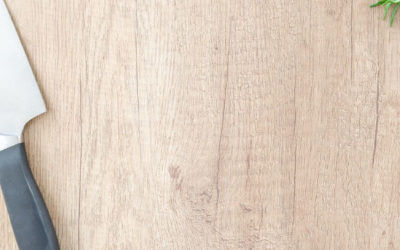
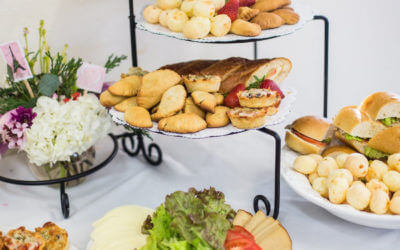
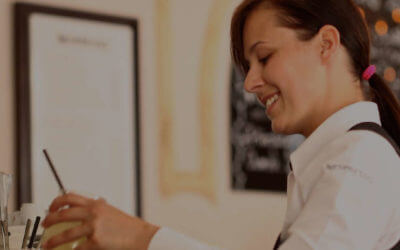

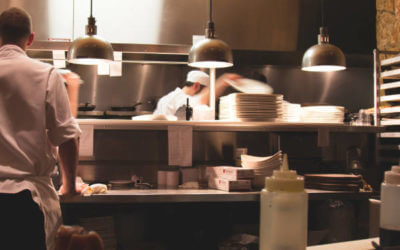
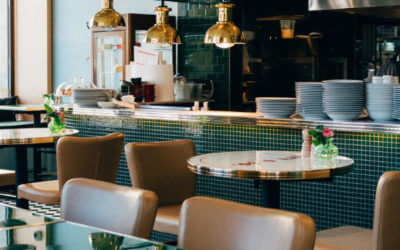
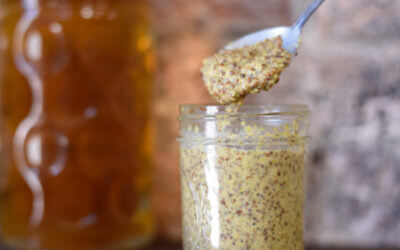
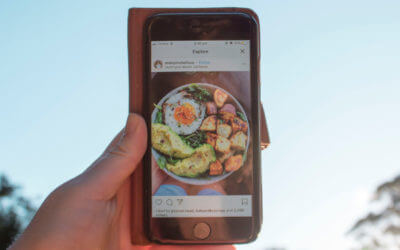
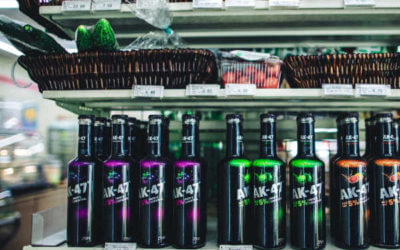
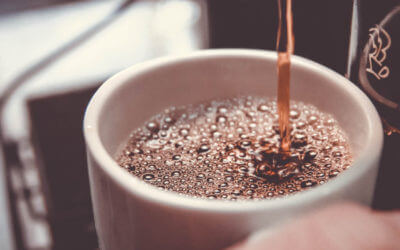
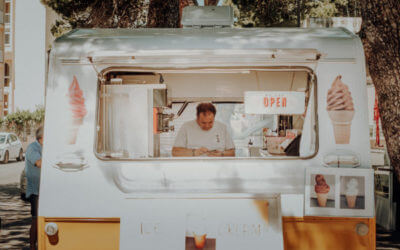

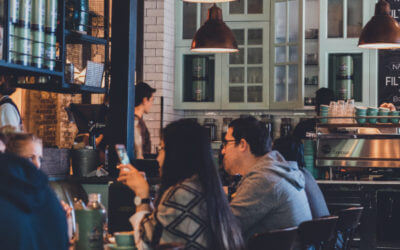
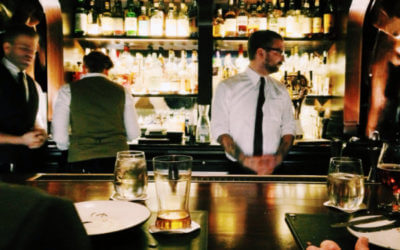
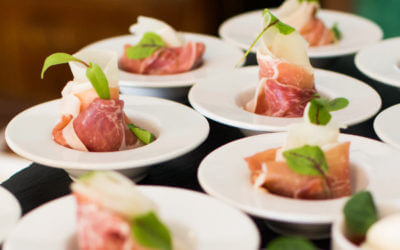
Using these tools of the trade, takes the guess work out of cooking foods to the right temperature,and gives you the
assurance that foods served have met the proper temperature requirements.